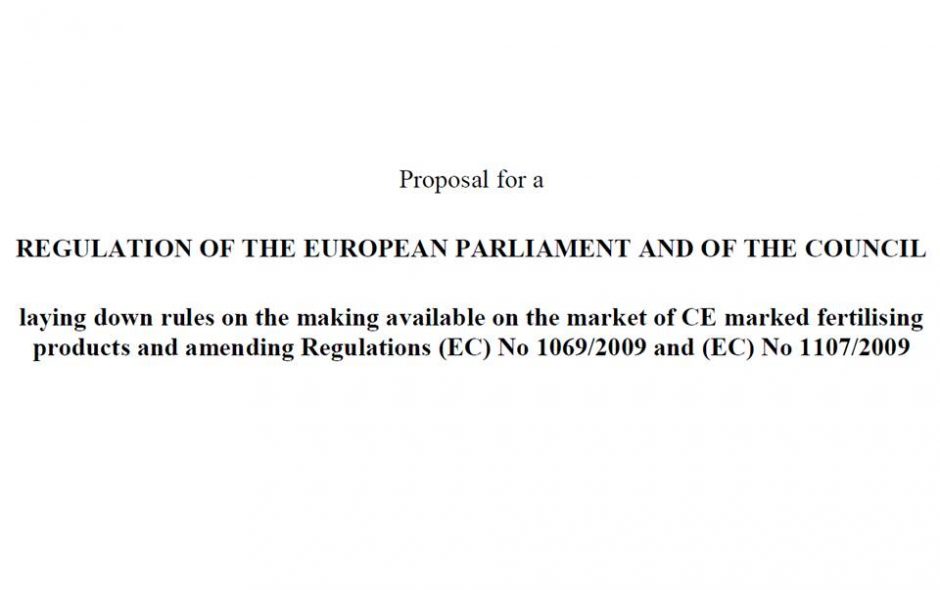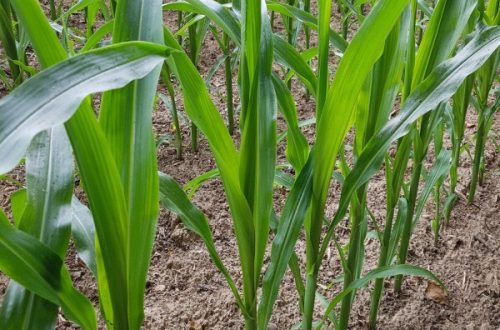Short summary:
- The procedure that will be followed to check the claimed effects of biostimulants is essential for the credibility of these products. This should be harmonized EU-wide.
- Soil improvers should be treated in a same way as biostimulants with respect to a check on their claimed effects.
- The difference between biostimulants and soil improvers is not clear.
- Whether micro-organisms in biostimulants or soil improvers contribute to disease suppression is not always clear.
Worldwide, biostimulants and soil improvers are booming. My database currently covers about 1100 biostimulant and soil improver products. Currently they are not regulated but within the EU they soon will either become treated as fertilizing product or as pesticide. To be more precise: current biostimulants or soil improvers that control pests or diseases will be regarded as pesticide, and other biostimulants will act under the Fertilising Products Regulation. Although the European Biostimulants Industry Council regards this formal recognition of biostimulants as positive, I see several serious issues to come.
According to a concept text of the Fertilizing Products Regulation definitions are:
A plant biostimulant shall be a CE marked fertilising product stimulating plant nutrition processes independently of the product’s nutrient content with the sole aim of improving one or more of the following characteristics of the plant: (a) nutrient use efficiency, (b) tolerance to abiotic stress, or (c) crop quality traits.
A soil improver shall be a CE marked fertilising product aimed at being added to the soil for the purpose of maintaining, improving or protecting the physical or chemical properties, the structure or the biological activity of soil.
In addition to several requirements of absence of biotic and abiotic contaminants, for biostimulants is a requirement that the claims of effectiveness must be correct (“The plant biostimulant shall have the effects that are claimed on the label for the crops specified thereon”). How this check will be done is essential for the credibility of biostimulants. And what about the soil improvers? These apparently don’t need a check on the claims. Remarkable! Especially because there is a clear grey area since a number of biostimulants that are to be added to soils could equally well be referred to as soil improvers. In these cases a name change would be the difference between the need or not of a claim check. Important, since such a check will be expensive. And then still, it is currently not clear what the requirements will be for the claim check. Will it be a check-light, then possibly only the principles of a product will be assessed based on a desk study. At the other end, a check could also be possible using field experiments for the crops for which the claims are made carried out by an independent research station. A lot is not clear yet. Hopefully checks on the claims will be done per product in field experiments by an independent research station because currently we don’t have the the proper handles to assess the quality of a particular biostimulant or soil improver.
And there is more: currently quite some biostimulants and soil improvers include organisms such as species of Pseumonas, Bacillus and Trichoderma. The actual claims often are plant growth stimulation and stress reduction, but in quite some cases I think it is appropriate, based on literature, that some of these organisms also affect soil-borne plant pathogens negatively, in which case they act as biological pesticides. If this is the case, we arrive at the complicated situation that some biostimulants may be able to do more than what the producer claims. Actually this is probably already the situation with some biostimulants. By doing this, producers avoid the costly procedure of registration of a (biological) pesticide while off the record advisors and growers exactly know what the added value of these products is. I think that if organisms are applied which have, according to literature, a clear record on disease or pest suppression, the producer should prove (by independent research) that the particular strain(s) used do not have these characteristics.
This is a follow-up on a previous post on this topic.


